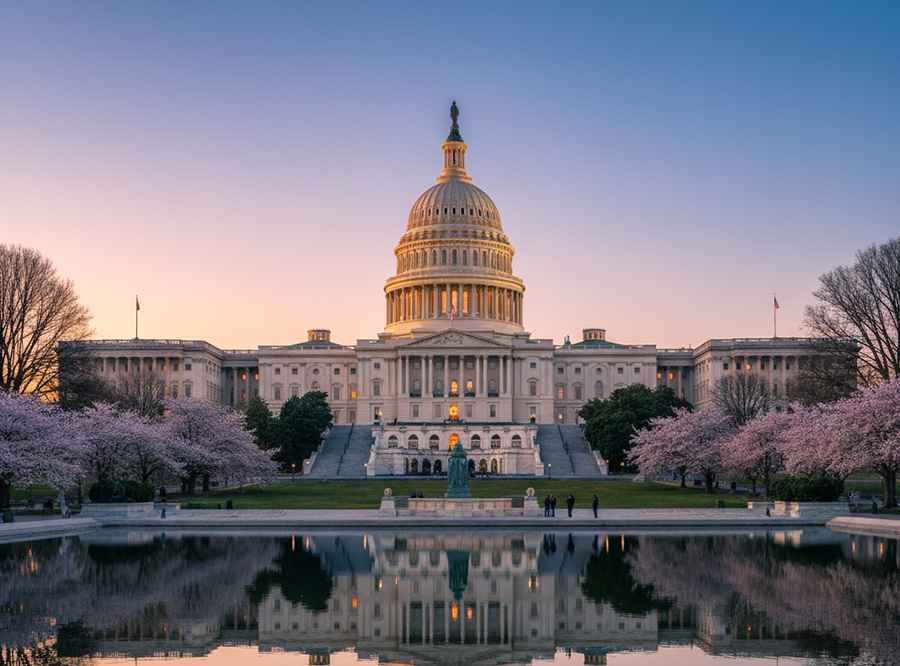All Roads Lead to Washington, D.C.: Traffic, Crash, and Insurance Insights
Washington, D.C., the nation’s capital, draws people from all over the world. Tourists flock to see iconic landmarks, while political leaders and foreign dignitaries conduct high-level meetings. Business leaders also converge here to discuss public-private partnerships. With over 700,000 residents in the city and surrounding areas, this mix of visitors, workers, and locals makes D.C.’s roads a unique challenge.

All these factors contribute to high traffic density, increased accident risk, and elevated insurance costs in the city.
Car Insurance in Washington, D.C.
Insurance premiums in D.C. are notably higher than the national average. The average annual premium is around $1,500, roughly 3% higher than elsewhere in the country.
Several factors can affect your rates, some of which you can control:
- Credit Score – Low scores can push premiums above $3,000, while excellent credit may keep them below $1,500.
- Traffic Violations – Reckless driving can increase premiums over $2,000. DUIs or repeated speeding offenses may push costs even higher.
- Accidents – Being at fault in a collision can raise rates to nearly $2,500.
Other factors such as age, gender, marital status, and driving history also impact premiums, although you have little control over these. The best strategy remains safe driving and following the law.
Collision Statistics
Comparing D.C. to other areas can be tricky because traffic statistics often don’t account for the size of the region. The capital covers just 68.38 square miles with a population of 702,455. By contrast, Alaska has a similar population (737,438) but spans 663,300 square miles.
In 2018, D.C. recorded 30 fatal accidents, while Alaska had 69, highlighting the effect of traffic density rather than sheer road miles.
Traffic in Washington, D.C.
D.C. ranks second in the U.S. for worst traffic, with an average annual delay of 102 hours per driver. Only Los Angeles tops it at 119 hours, while the Bay Area and New York City follow at 103 and 92 hours, respectively.
Worst Intersections in D.C.
Several key intersections cause major delays:
- I-395 (Washington Blvd to George Washington Parkway) – Costs an estimated $27 million in lost time annually, wastes over 300,000 gallons of fuel, and results in over 1 million hours lost in total. That’s equivalent to 125 years of time lost at just one intersection!
- I-495 (Dulles Toll Road intersection) – Annual estimated loss: $12 million, 146,900 gallons of fuel wasted, and 500,000 hours lost (57 years of cumulative time).
- I-395 (Duke Street to halfway to Edsall Road) – Annual estimated loss: $8 million, 83,720 gallons of fuel wasted, and 300,000 hours lost.
Average commute delays in D.C. add 14 minutes for morning rush hour and 18 minutes in the evening, making even short trips significantly longer. Globally, D.C. ranks 141st for traffic congestion, which isn’t terrible compared to international megacities.
Driving in the Nation’s Capital
While traffic can be frustrating and insurance costs high, D.C. is relatively safe for drivers. Many tools, such as real-time traffic updates and route planning apps, can help you navigate efficiently.
Whether you live in D.C., are moving there, or just visiting, plan ahead, stay alert, and drive safely. Taking precautions will make your journey through the capital smoother, safer, and less stressful.